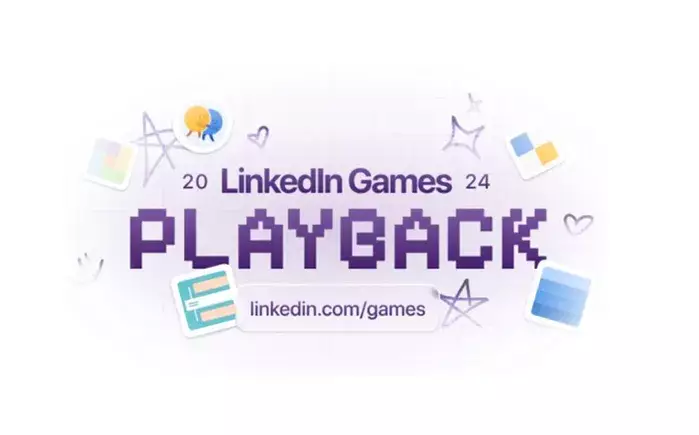In recent years, gamification has emerged as a novel strategy to enhance user engagement across various platforms, and LinkedIn has been no exception. By introducing in-stream puzzle games in May, the platform has aimed to lock its users into a more interactive experience, allowing individuals to challenge not just peers but also higher-ups and individuals from other organizations. The recent addition of another game in October only solidifies this tactic, suggesting that LinkedIn recognizes the potential of gamified experiences to drive user involvement.
Gamification on professional networks can initially seem like an unexpected pairing. Users typically come to LinkedIn expecting to network, share professional achievements, and seek job opportunities rather than play games. However, this shift indicates a broader trend where even conventional platforms are exploring creative ways to captivate their audience, transforming the dull into the delightful.
With the introduction of a “Playback” summary feature, LinkedIn is taking a step further to not only engage but also motivate its user base. This feature will provide players with an overview of their gaming performance, including the frequency of play, their rankings, and comparative insights such as how they stack up against self-proclaimed CEOs. This additional layer of insight propels the social comparison element, a powerful psychological motivator that can incentivize users to keep playing—even if that inevitably invites a bit of friendly rivalry.
While the playful notion of beating capable professionals might create an enjoyable experience, one must also reflect on the integrity of such comparisons. Many on LinkedIn may label themselves as CEOs while operating as solopreneurs, raising questions about the validity of the competition. Nevertheless, the ability to visualize achievements, framed within the context of gaming, cultivates a sense of accomplishment that can increase a user’s likelihood of returning to the platform.
Despite the absence of concrete user activity data for these games, LinkedIn boasts promising engagement metrics—80% of players return to the game the very next day, while 76% come back a week later. These figures suggest that while the absolute number of players may be limited, a dedicated subset exists that finds value in these puzzle games. LinkedIn stands to gain immensely from users spending more extended periods within the app, thus boosting overall engagement metrics, which is the lifeblood of any social networking platform.
This can be viewed as a significant win not only for LinkedIn as a company but also for those who choose to partake in its gaming experience. Users may find themselves motivated, encouraged by notifications that celebrate their gaming prowess, even if the games themselves don’t have high participation rates.
LinkedIn’s entry into the gaming arena prompts a critical reevaluation of how professionals interact on social media and their motivations for doing so. While the combination of puzzles and professional networking may have raised eyebrows, the strategic maneuver seems to tap into the fundamental human desire for connection, competition, and achievement. As users engage with these features, LinkedIn might bridge the gap between work and play, creating a unique ecosystem where professional development and enjoyment coexist. Whether this trend will gain traction in the long run remains to be seen, but for now, it offers a refreshing twist in the landscape of professional networking.

